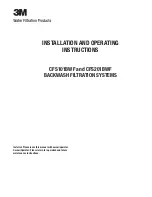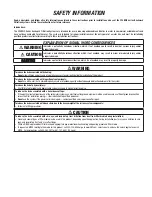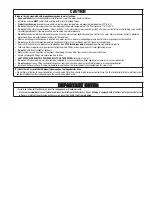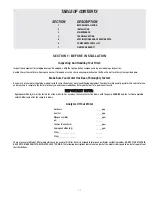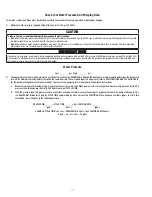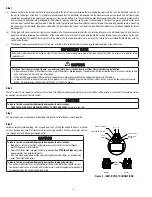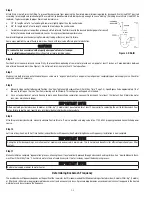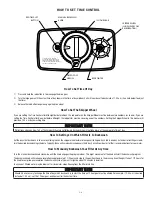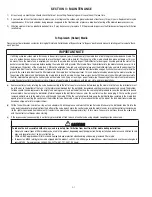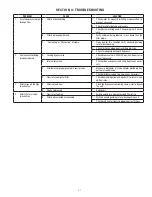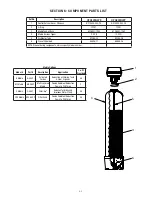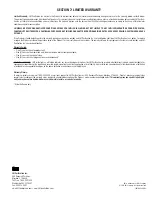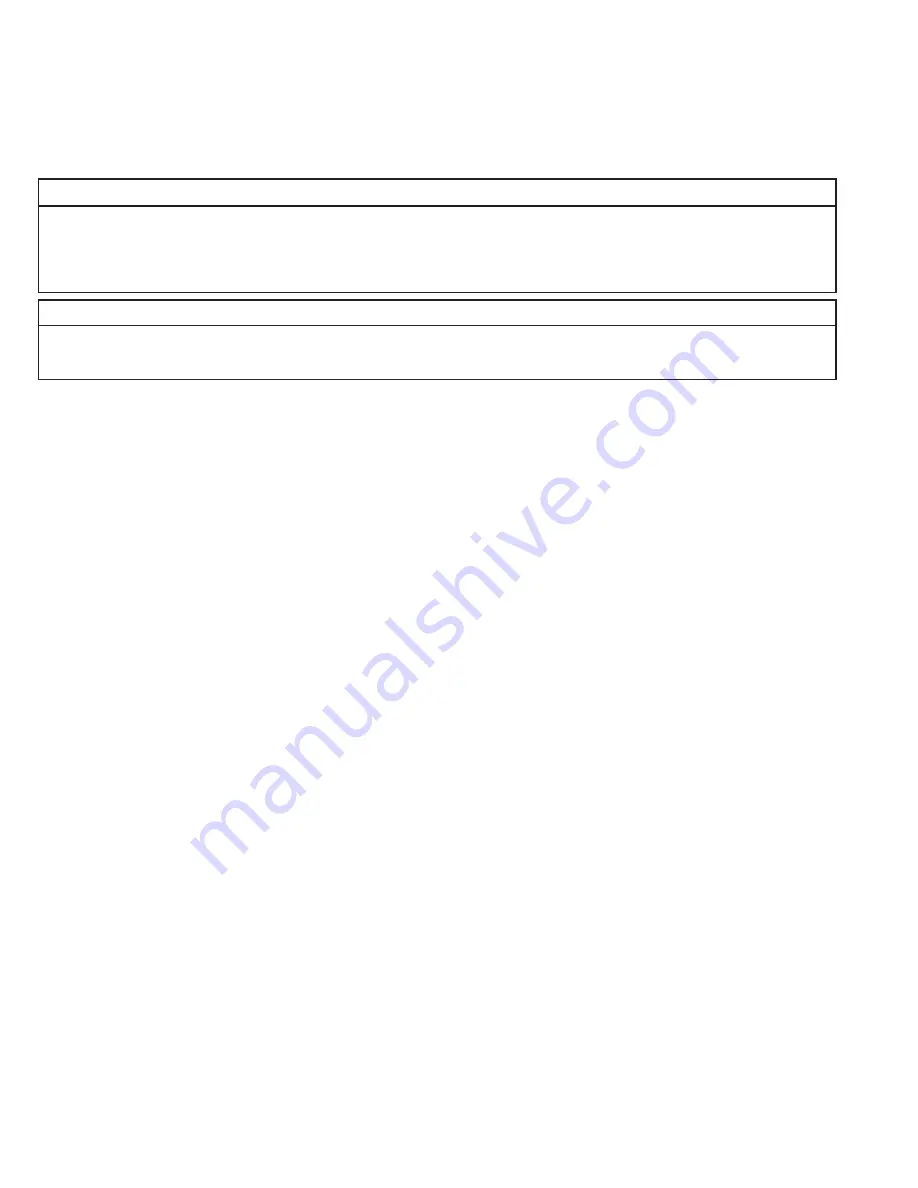
1-2
Check Your Water Pressure And Pumping Rate:
Two water system conditions must be checked carefully to avoid unsatisfactory operation or equipment damage:
1) Minimum water pressure required at the fi lter tank inlet is 20 psi (138 kPa).
CAUTION
To reduce the risk associated with property damage due to water leakage:
•
Do not
install if water pressure exceeds 125 psi. If your water pressure exceeds 80 psi (552 kPa), you must install a pressure limiting valve. Contact a plumb-
ing professional if you are uncertain how to check your water pressure.
•
Do not
install where water hammer conditions may occur. If water hammer conditions exist you must install a water hammer arrester. Contact a plumbing
professional if you are uncertain how to check for this condition.
IMPORTANT NOTE
IMPORTANT NOTE
If you have a municipal or a community water supply and daytime water pressure is 80 psi (552 kPa) or more, nighttime pressure may exceed 125 psi (862 kPa).
Call your local water department or plant operator to obtain pressure readings. If you have a private well, the gauge on the pressure tank will indicate high and
low system pressure. Record your water pressure data below:
Water Pressure
Low _________psi High _________psi
2)
The pumping rate of your well pump must be suffi cient for satisfactory BACKWASH. Although the density of a media normally determines the backwash
rate, all the media discussed earlier will require the same fl ow rate. These models require a 5 gpm rate (refer to SPECIFICATIONS AND OPERATING DATA
for the backwash requirement for other models). To measure the pumping rate of your pump, follow these instructions:
a.
Make certain no water is being drawn. Open spigot nearest pressure tank. When pump starts, close spigot and measure time (in seconds) to refi ll
pressure tank (when pump shuts off). This fi gure represents CYCLE TIME.
b.
With the pressure tank full, draw water into a container of known volume, measure the number of gallons drawn until the pump starts again. This
is DRAW-DOWN. Divide this fi gure by CYCLE TIME and multiply by 60 to arrive at the PUMPING RATE in gallons per minute (gpm). To aid in you
calculation, insert the data in the following formula:
DRAW-DOWN ______ ÷ CYCLE TIME ______ x 60 = PUMPING RATE ______
(gals.)
(secs.)
(gpm)
EXAMPLE: CYCLE TIME is 63 secs.; DRAWDOWN is 8 gals.; then PUMPING RATE equals:
8 gals. ÷ 63 secs. x 60 = 7.6 gpm

